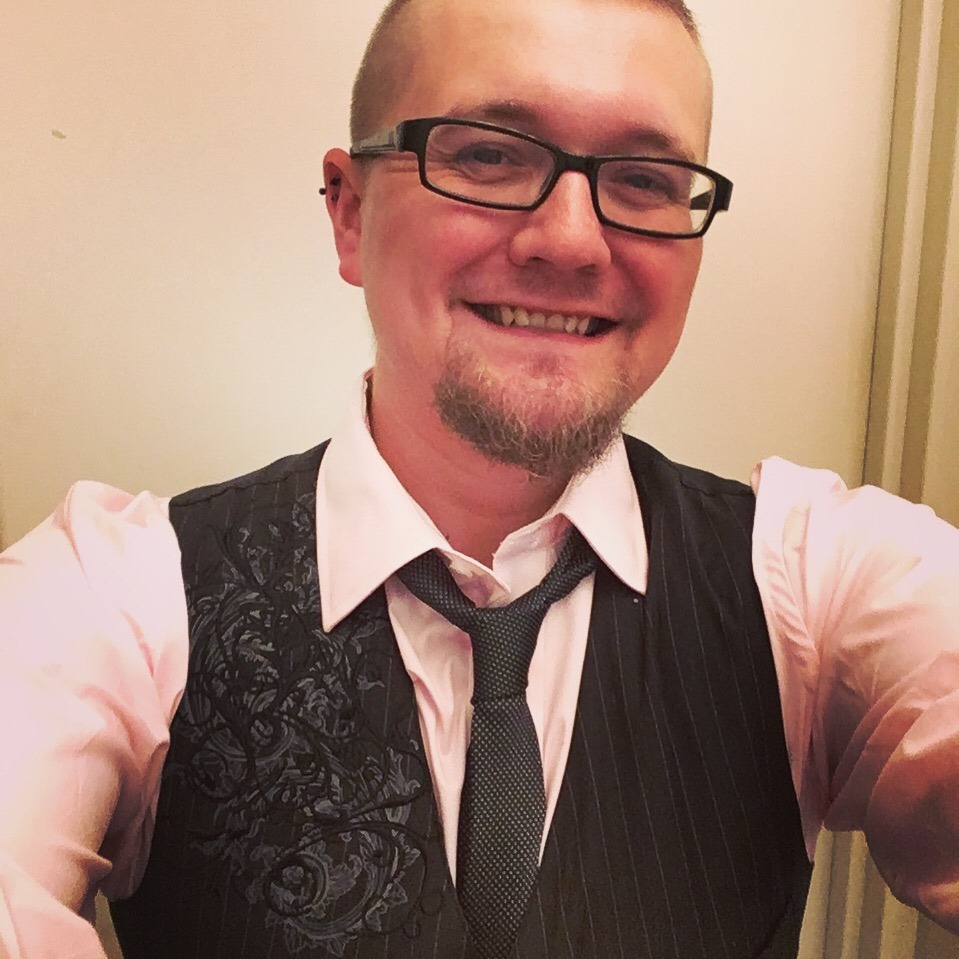Bohr
An Author Profile

By Gabriel Blanchard
Few men have investigated the fundamental structure of matter as deeply as Niels Bohr.
❧ Full name: Niels Henrik David Bohr [nēłz hĕn-rĭk dā-vĭd bõŕ; see our pronunciation guide for details]
❧ Dates: 7 Oct. 1885-18 Nov. 1962
❧ Areas active: Denmark; Great Britain
❧ Original language of writing: Danish
❧ Exemplary or important works: On the Quantum Theory of Radiation and the Structure of the Atom
The twentieth century has been called the atomic century. Modern atomic theory has roots in the late eighteenth century, thanks in part to the pioneering work of Lavoisier on chemistry, and had become generally accepted by 1897, when the electron was discovered. But the twentieth century, in a space of less than fifty years, saw a progression from contending theories about the structure of the atom to its direct use in energy manufacture and international warfare. At the heart of this rapid transformation was a group of mostly German scientists such as Albert Einstein, Werner Heisenberg, and Erwin Schrödinger, as well as a Danish physicist named Niels Bohr.
Born and educated in Copenhagen, Bohr spent much of his life traveling between Denmark and Great Britain, conversing with prominent atomic physicists of the period. His first significant publication took place in 1913, setting forth a new theory of the structure of the atom.
Atomic theory up to that period had been stymied by certain difficulties. The “planetary model” (negatively charged electrons orbiting a positively charged nucleus) had gained favor over the slightly older “plum pudding model,” which proposed that electrons were embedded in a positive mass like raisins in a pudding, thanks to experiments undertaken by Ernest B. Rutherford. However, the planetary model itself had problems. According to the mathematical models of the time, the orbiting electrons ought to lose their energy and collapse into the nucleus in a fraction of a second. Bohr picked up on work done by Einstein and Planck, which stated that energy is emitted and absorbed in certain defined quantities—in Latin, quanta. Proceeding from here, Bohr proposed that electrons could not gradually lose energy and thus spiral inward toward the nucleus, but had a fixed set of orbits they could jump between, determined by the quanta they emitted or absorbed from their environment.
We are all agreed that your theory is crazy. The question that divides us is whether it is crazy enough to have a chance of being correct.
Niels Bohr
This was the beginning of a radical reimagining of the atom. (Though Bohr’s own model has been superseded, its principles still underlie more recent formulations, and it is still commonly included in science textbooks as an introduction to atomic structure.) Centering on Bohr’s Institute of Theoretical Physics, whose doors opened in 1918, the theory of quantum mechanics gradually took shape: Louis de Broglie theorized that subatomic particles sometimes behave like waves, and from here, Heisenberg formulated his famous uncertainty principle in 1927. Bohr and Einstein proceeded to have friendly arguments about classical versus quantum mechanics; according to one story, when Einstein famously remarked that “God does not play dice,” Bohr promptly replied, “Stop telling God what to do.”
In the late thirties, nuclear fission had been discovered. This is the process that creates both nuclear energy and the hydrogen bomb: splitting an atom releases the formidable amount of energy required to keep positively-charged protons in close proximity to each other despite their electric repulsion from each other. Not long afterward, as the Nazi regime ramped up its war effort and its persecution of the Jews, Bohr involved himself in aiding and protecting a number of refugees, until Denmark was occupied and the Bohrs were declared to be Jewish. Bohr escaped through Sweden to Britain, and from there traveled to the United States, where (according to Robert Oppenheimer) he served as a sort of godfather to the Manhattan Project. He returned to Denmark after the war, and died there in 1962.
Every week, we publish a profile of one of the figures from the CLT author bank. For an introduction to classic authors, see our guest post from Keith Nix, founder of the Veritas School in Richmond, VA.
If you enjoyed this post, take a look at some of our other author profiles, like St. Augustine and John Locke, or some of our “Great Conversation” posts on topics like desire and memory and imagination. Or to see what our high-scoring students are capable of, check out this essay on the black hole information paradox.
Note: This author was included in a previous version of the Author Bank, but is not present on the current edition (though passages from his work may still appear on CLT exams). A discussion of the latest revisions to the Bank, courtesy of Dr. Angel Adams Parham, can be found here. This post was updated on 16 November, 2024.